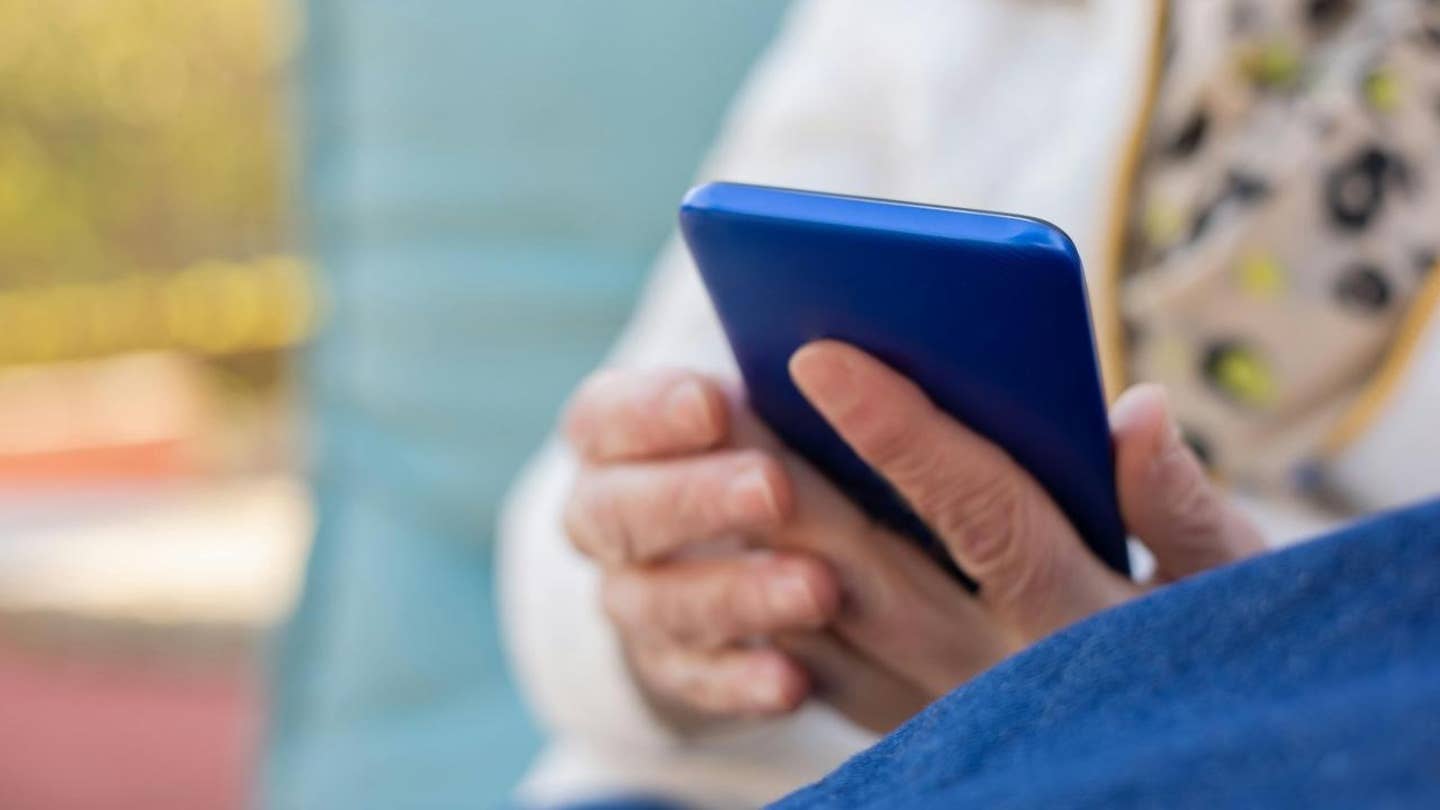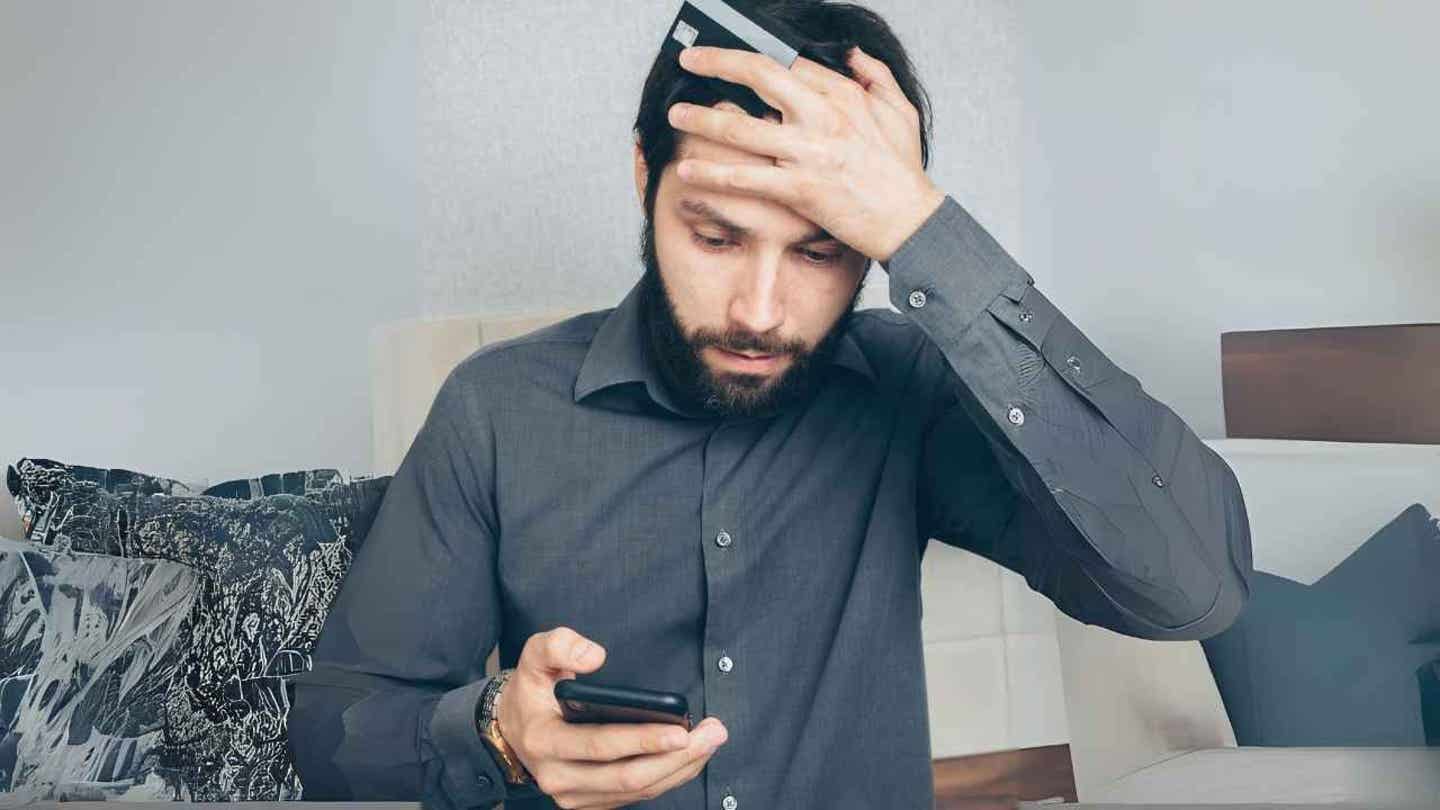
A woman scrolling on her phone. (Kurt “CyberGuy” Knutsson)
2. Blue Light
The glow that disrupts your sleep
Blue light is a high-energy light emitted by screens (phones, tablets, laptops) that can trick your brain into thinking it’s daytime. Excessive exposure, particularly at night, can interfere with melatonin production and disrupt your sleep-wake cycle. Common sources of blue light include:
- Using your phone in bed.
- Working on your laptop late at night.
- Binge-watching TV shows before bedtime.
Tips to minimize the effects: Use “Night Shift” or “Dark Mode” on your devices, avoid screens at least 30 minutes before bedtime, or consider using blue light-blocking glasses if you must use a screen after sunset.
On iPhone:
- Go to Settings > Display & Brightness > Night Shift.
On Android:
Settings may vary depending on your Android phone’s manufacturer.
- Look for Night Light or Night Mode in Settings > Display
3. Screen Time
The hours you didn’t plan to spend on your phone
Screen time refers to the amount of time you spend on your device each day. Most smartphones provide a breakdown of this usage by app, often revealing surprising statistics.
Why it matters: Excessive screen time has been associated with decreased mood, disrupted sleep, and diminished concentration. It’s easy to lose track of time, especially when multitasking (e.g., watching TV while using your phone).
Useful tip: Setting app limits, activating focus modes, or simply reviewing your weekly screen time summary can help you become more aware of your digital behaviors without judgment. This can also assist you in reducing your screen time.
Turn on Focus Mode:
On iPhone:
- Go to Settings > Focus, then choose a preset Focus mode like “Do Not Disturb,” “Work,” or “Personal,” or create a custom Focus.
On Android:
Settings may vary depending on your Android phone’s manufacturer.
- Go to Settings > Digital Wellbeing & Parental Controls > Focus Mode

A man scrolling on his phone. (Kurt “CyberGuy” Knutsson)
4. Digital detox
The reset your brain needs
A digital detox involves intentionally disconnecting from technology, whether for a few hours, a weekend, or an entire vacation. The goal is not to punish yourself but to give your mind the opportunity to rest and rejuvenate.
You don’t have to go completely off the grid to experience the benefits:
- Try having phone-free meals.
- Establish “no screens” hours.
- Take a break from social media on weekends.
Even short detox periods can help reduce stress, enhance focus, and elevate your mood. Think of it as mental self-care.
5. Algorithmic bias
When tech inadvertently reinforces stereotypes
Algorithmic bias occurs when the data used to power algorithms reflects human biases, resulting in skewed outcomes across various areas such as job recommendations, facial recognition, and social media content.
Why it matters for your mental well-being:
- It can perpetuate harmful stereotypes.
- It can distort the content you see online, particularly related to body image, beauty ideals, and political views.
- It can limit your exposure to diverse perspectives.
Stay aware: Be inquisitive about why certain content appears in your feed. Follow a diverse range of voices, diversify your online environment, and challenge default settings.
Understanding how specific tech habits and systems influence your mental health is a crucial step toward reclaiming your peace of mind. Whether it’s managing blue light exposure, avoiding doomscrolling, or addressing algorithmic bias, each term serves as a reminder to use technology intentionally and responsibly.
For more insights on navigating a screen-centric world and establishing healthier boundaries with your devices, reach out to us at Cyberguy.com/Contact.
Sign up for my FREE CyberGuy Report
Get the latest tech tips, urgent security alerts, and exclusive deals delivered directly to your inbox. Plus, receive instant access to my Ultimate Scam Survival Guide when you join my CYBERGUY.COM/NEWSLETTER.







